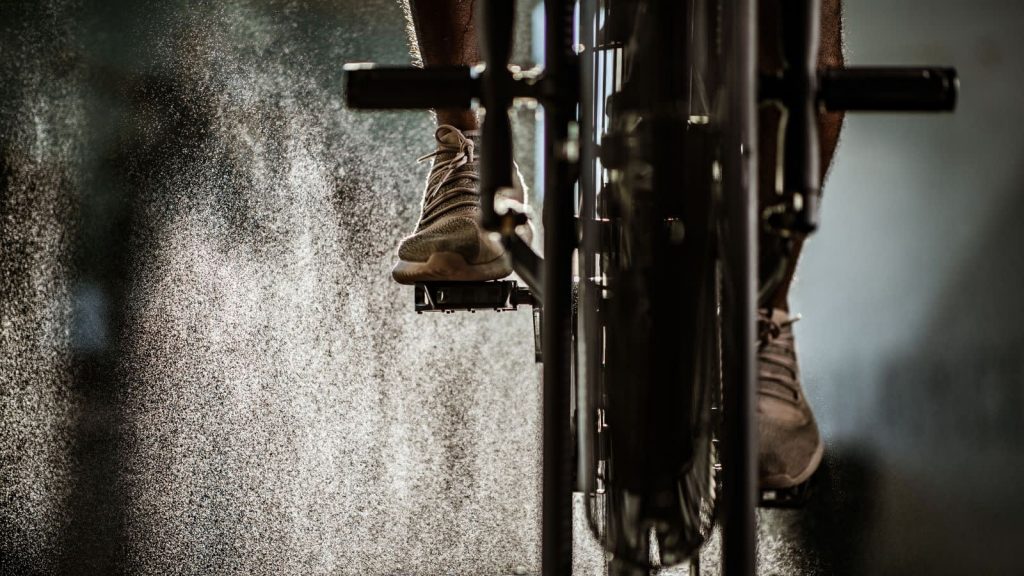Stretching is arguably the most common way to recover from a workout. According to Harvard Health, stretching is important for muscle flexibility. It “keeps the muscles flexible, strong, and healthy, and we need that flexibility to maintain a range of motion in the joints. Without it, the muscles shorten and become tight”.
But, there are other ways to help the recovery process along and it doesn’t involve a post-workout stretch. Here’s what you can try to help speed up your post-exercise recovery.
Passive recovery
Passive recovery basically refers to resting your body to allow it to repair after exercise. According to Healthline, passive recovery is especially “important and beneficial if you’re injured or in pain.”
Resting is also imperative if you’re experiencing exercise burnout and the thought of working out feels either mentally or physically draining. In that case, definitely head for the couch.
Active recovery
Active recovery, on the other hand, refers to using movement as a form of recovery. Studies have shown that active recovery can reduce the amount of lactic acid buildup in your muscles, which helps prevent fatigue, sore muscles and stiffness.
Forms of active recovery include:
— An active cooldown
While collapsing in a heap after a workout is the most appealing option, try to keep moving for roughly 10 minutes after you finish your session. This could be as simple as going for a quick jog or walk, or if you’ve just finished a gruelling HIIT session, opt for a quick spin on a stationary bike.
Because it’s technically still a cooldown, Healthline advises not to work at more than 50% of your maximum effort during this time.
— Try an active rest day
Taking an active rest day is a great way to keep moving without causing too much stress on your body. Instead of forgoing all movement on your day off, try a low impact form of exercise.
It could be as simple as going for a walk or swim, hitting up a virtual yoga class or taking your bike out for a leisurely ride. Continuing to move your body will help it recover and be super beneficial to sore muscles.
— Break up interval training
If you’re a fan of circuit training, breaking up your session with active recovery activities can lead to a quicker recovery post-workout. Research published in the Journal of Sports Medicine & Science found that engaging in active recovery exercises between circuits can help clear lactic acid.
The study used climbers as the research subject and found that those who used walking as their active recovery between climbing stints found that they were less fatigued on their second climb and had lower blood lactate levels.
So, if you’re into HIIT, it could help to break up your sets with walking or a gentle jog on the spot.
Read more stories from TheLatch— and follow us on Facebook.

